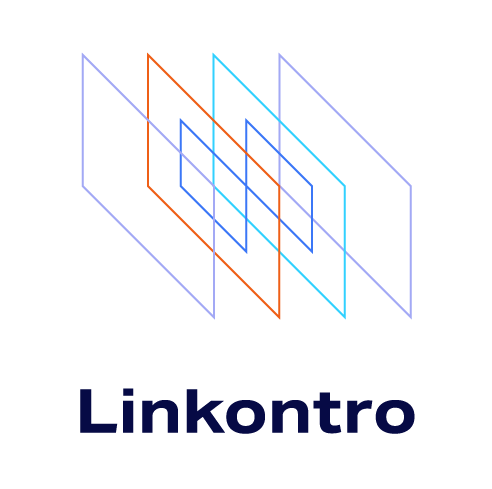
You are browsing the Linkontro archive.
For all information about the 2025 edition, visit the dedicated page.
Gallery Linkontro
Revive the best moments of Linkontro 2023 with our video gallery and have a browse through the works of the first exhibition in the FMCG world created by an artist together with artificial intelligence.
The art of two combined intelligences
The Linkontro art exhibition aims to tell stories of the protagonists of our world through art.
For the 2023 edition, the Excellence Gallery hosted the first FMCG exhibition created “four-handedly” by an artist together with an A.I..
An encounter from which a creative and cultural journey of absolute originality comes to life, generating insights into the relationship between man and machine, the future and a new vision of the world, confronting us with a totally unprecedented point of view on our reality, including that of Marca & Insegna.
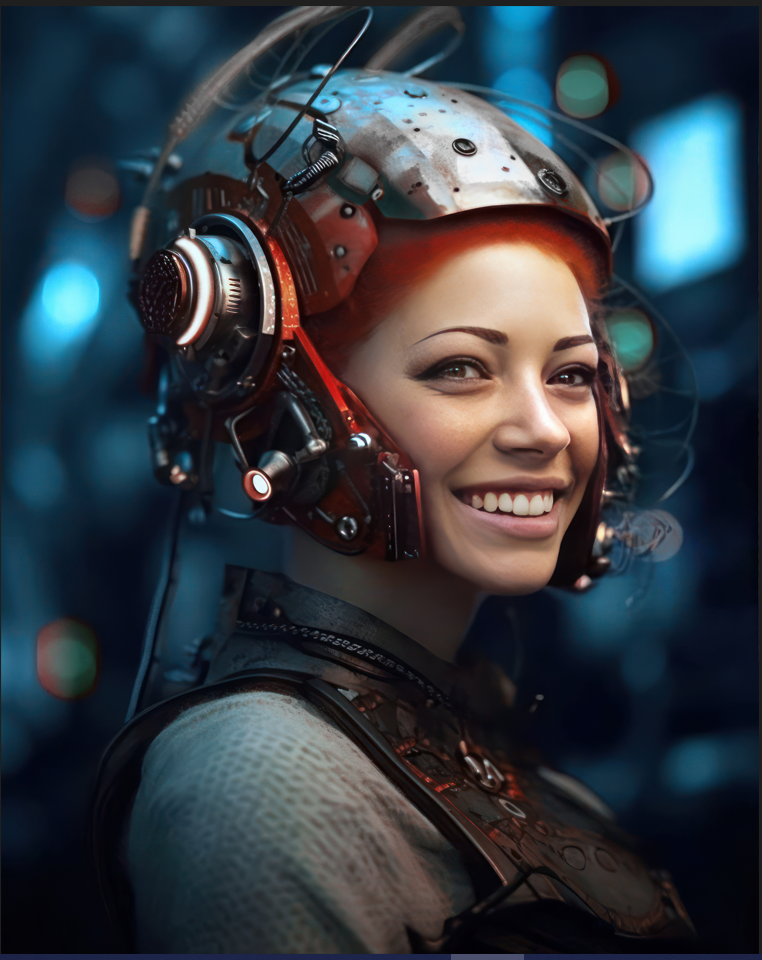
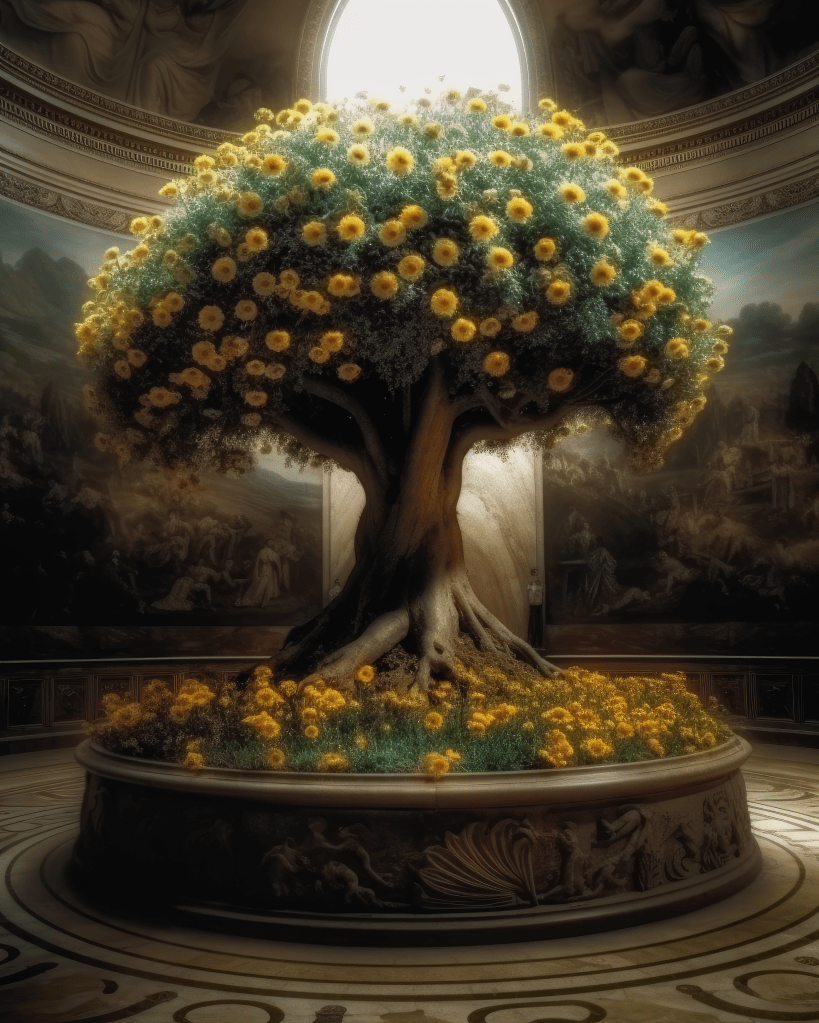
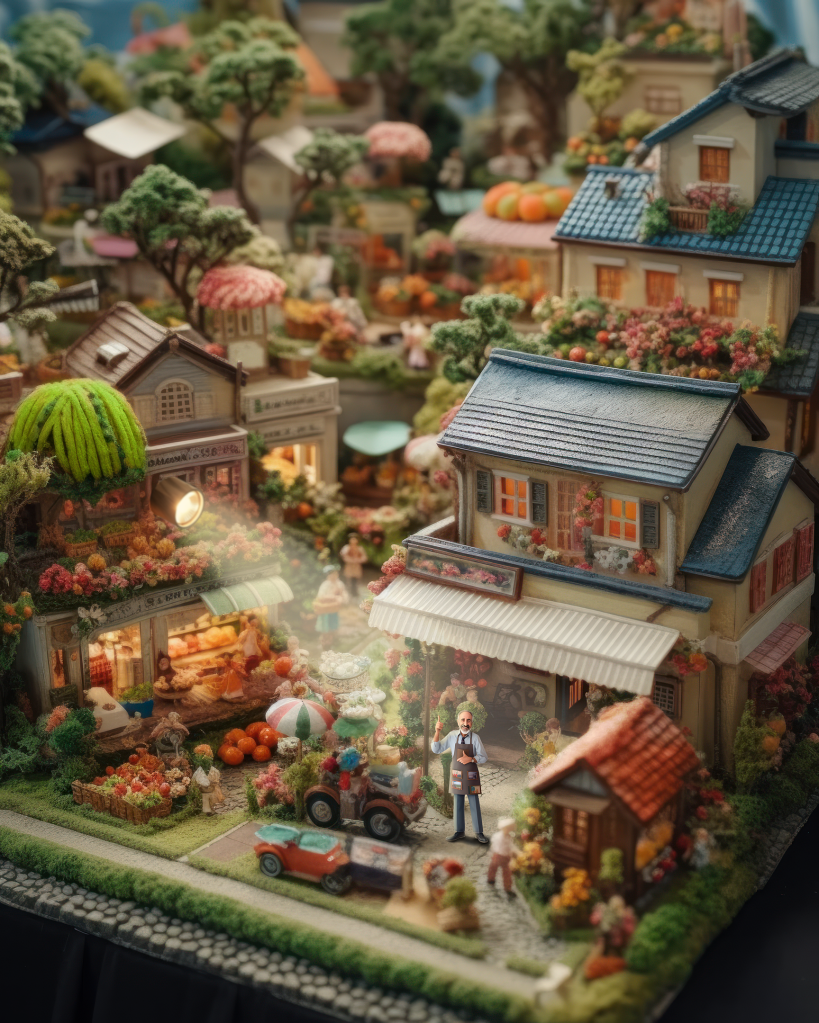
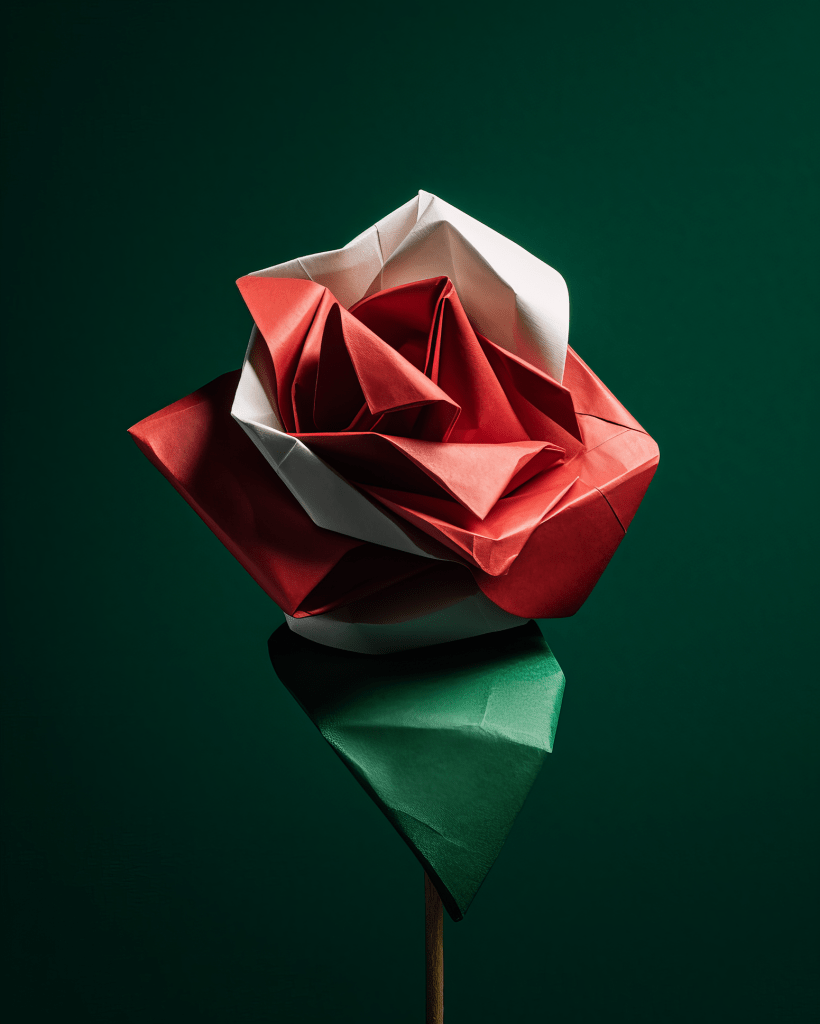


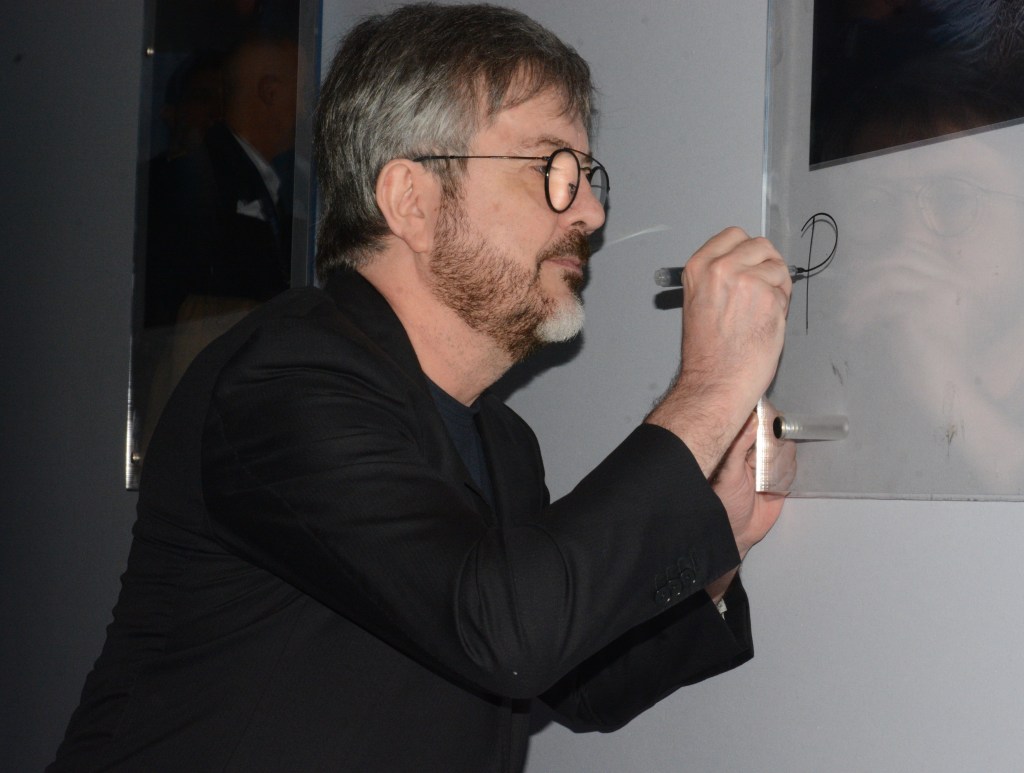
1
How did the idea of coming alongside an artificial intelligence to create artworks come about?
In 2020 I met one of the first websites that dealt with artificial intelligence applied to texting. A primordial platform compared to the current, modern (boring, predictable) ChatGPT. That evening I decided that I would write the first book ever published using this system, which I did in 2022. AI-generated images, on the other hand, are a later love. I started in 2021 with Hypnogram, which was limited but rich in insights, and then moved on to Dall-E and finally Midjourney. I currently work by combining different platforms depending on the end goal.
2
How did you approach the “machine” to make the works featured in the Gallery?
Let us premise that images follow the prompt to image iteration. The prompt is the instruction given to the AI. The more specific the instruction, the more closely the result will reflect expectations while providing surprises, which are usually welcome. For example, ask the system for a sunflower; you get your sunflower framed in a beautiful sunset that you had not requested; great! You can decide whether you like the sunset and get endless variations of it, or you can add the instruction “–no sunset” or “rain::2” to your prompt (the ::2 instruction in a range from -2 to +2 indicates how important the presence and depiction of the word preceding the number is). Almost absolute freedom, to treasure.
Working for a client means experimenting within a brief that must be “translated” and adapted to the albeit immense possibilities of AI. Let’s say the key word is “speed”: I will start with a few dozen experiments asking the machine to depict a diving hawk, a Japanese bullet train, a 100-meter final or whatever the word inspires me. I call this phase “sketching.” The result can be A = A (e.g., fast car = fast car), or better yet A = A1 (fast car = flying car); well the second possibility is the most fertile and prolific. This is how it works with the values embodied by the brand: “family, sharing” can result in the image of happy people exchanging gifts (and we will have A = A, a correct result that hopefully satisfies the initial request); or evoke images of intimacy, trust, and joy that are not the visual version of the brief but an evolution of it (here is A = A1, old trees together with younger trees–family–stretching their branches toward the same light–sharing).
It should be pointed out that similar prompts to each other can lead to very different results depending on the words used, even depending on the placement of words in the sentence; on the one hand, it is true that thanks to current technologies we write bicycle and get the image of a bicycle (but everything that is not strictly bicycle – background, setting, lights, possible people, objects – is decided by the AI); on the other hand, by proposing to our interlocutor green bicycle framed in front, leaning on the stand on a dirt road, handlebars slightly turned to the right, Siena in the background, sunrise, light behind the observer the AI will show an image that responds as precisely as possible to the request, without “random” components.
The ideal outcome in my opinion is a combination of the two approaches: precise instruction and room for amazement at AI proposals.
3
What were the challenges you faced in translating the values and identity of the commissioning companies into works of art?
The difficult thing was not to fall into the cliché, that “A=A” I mentioned earlier, but to explore the different paths that the briefs suggested. Case in point: Végé’s “the pleasure of grocery shopping” claim is a hallmark, solid and acquired for decades; but the brief, for this as for other principals, was not to create an advertising campaign, which generally-for companies of this kind-is to describe and enhance the direct experience of the consumer face-to-face with the product; the brief was to describe a world of values and experience embodied by the brand through an image. Well, I tried to place them in a “place of the heart”-the sky, the journey-that does not directly pertain to such values but in my opinion evokes them; I kept the most characteristic element of the experience in a supermarket, the shopping cart, transferring it to a context that suggested the concepts of space, ease, lightness (of eating healthily and the amount of money indicated on the receipt); in short, the experience of the consumer, who travels a pleasant and “safe” itinerary knowing that he can count on the reliability of the means of transport used. And so the shopping cart-balloon was born to represent, precisely, the pleasure of shopping.

Want to join the Linkontro Community?
Register here and receive all event news and updates.
By clicking on sign up, you agree to our privacy statement and terms of use.




